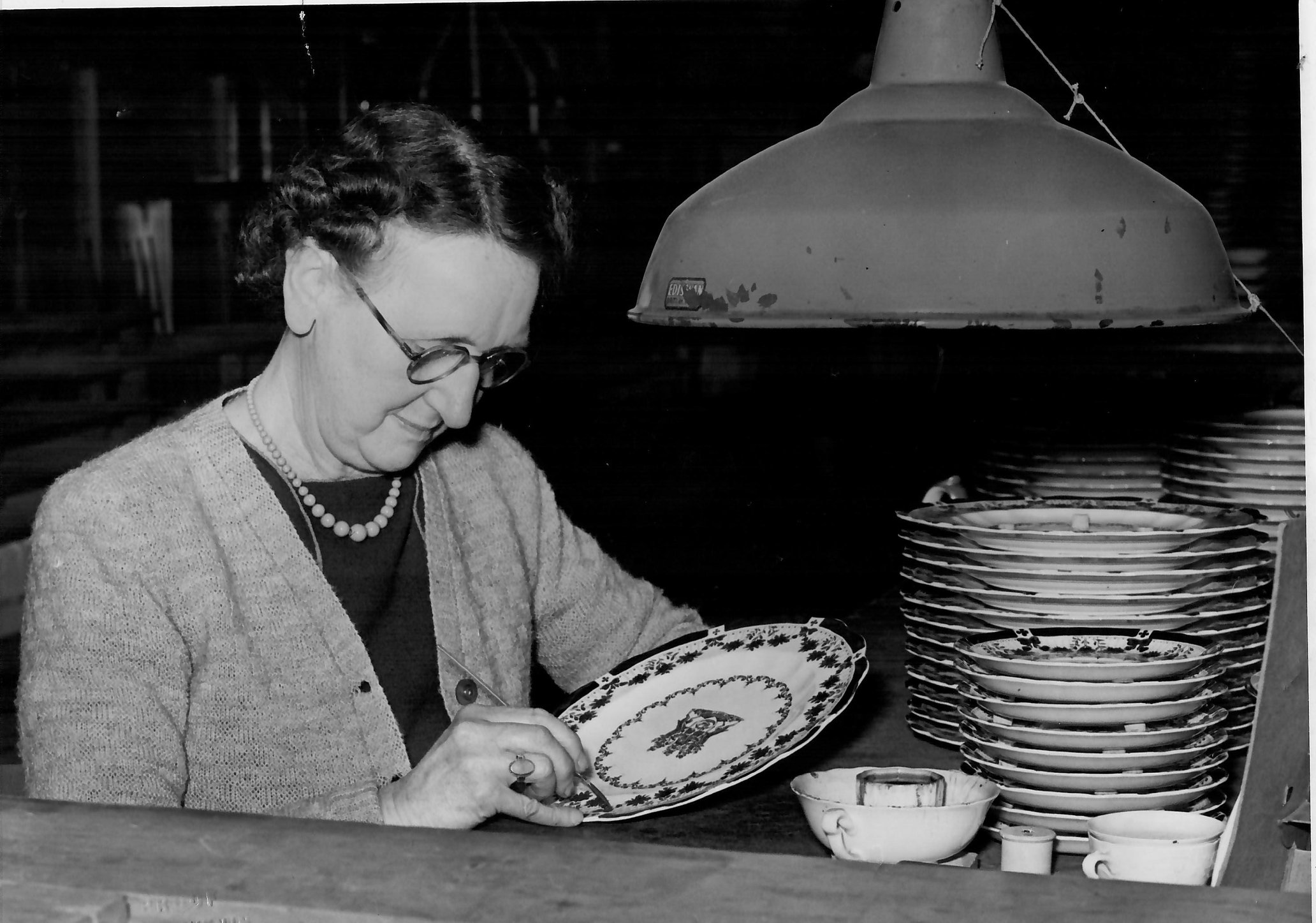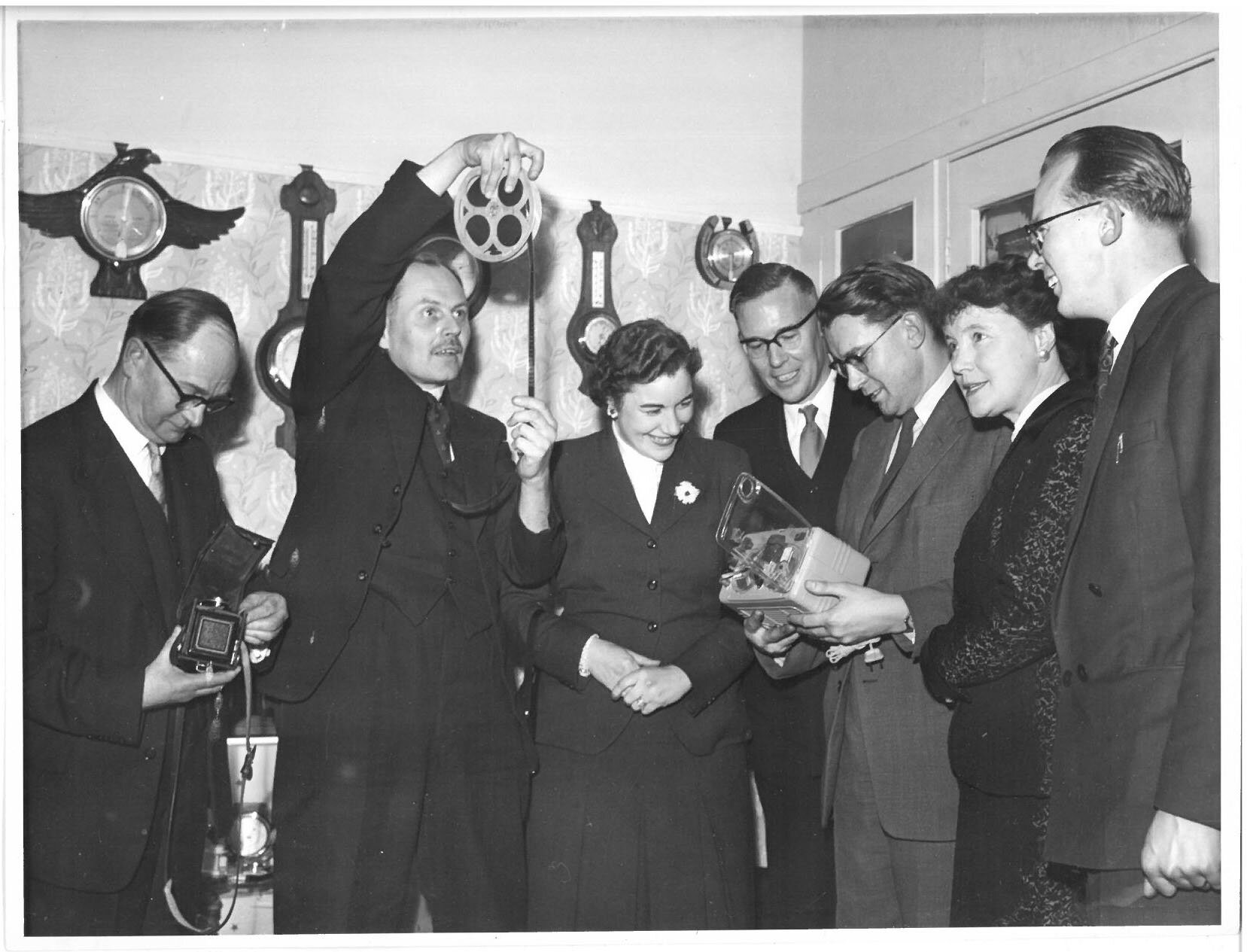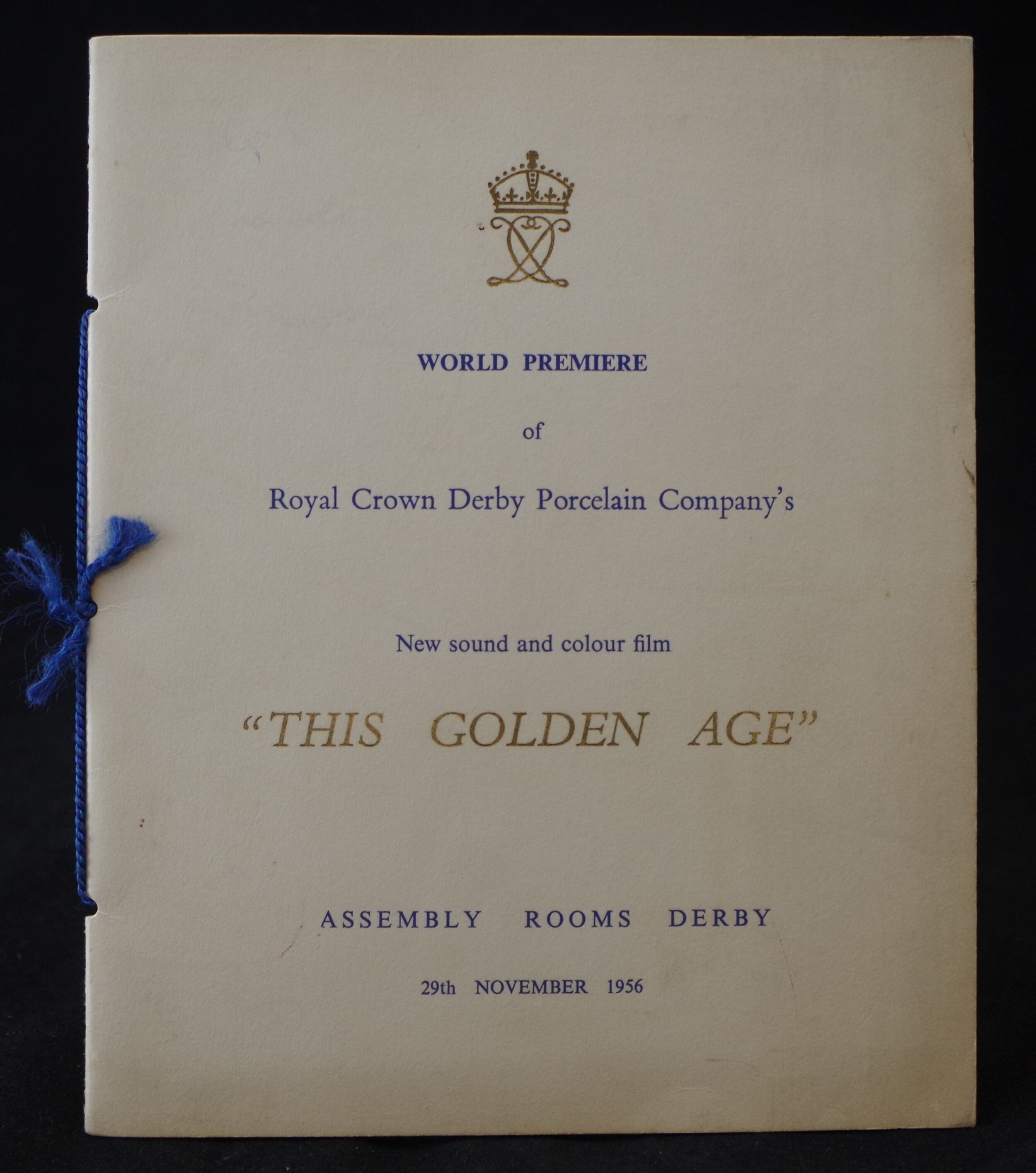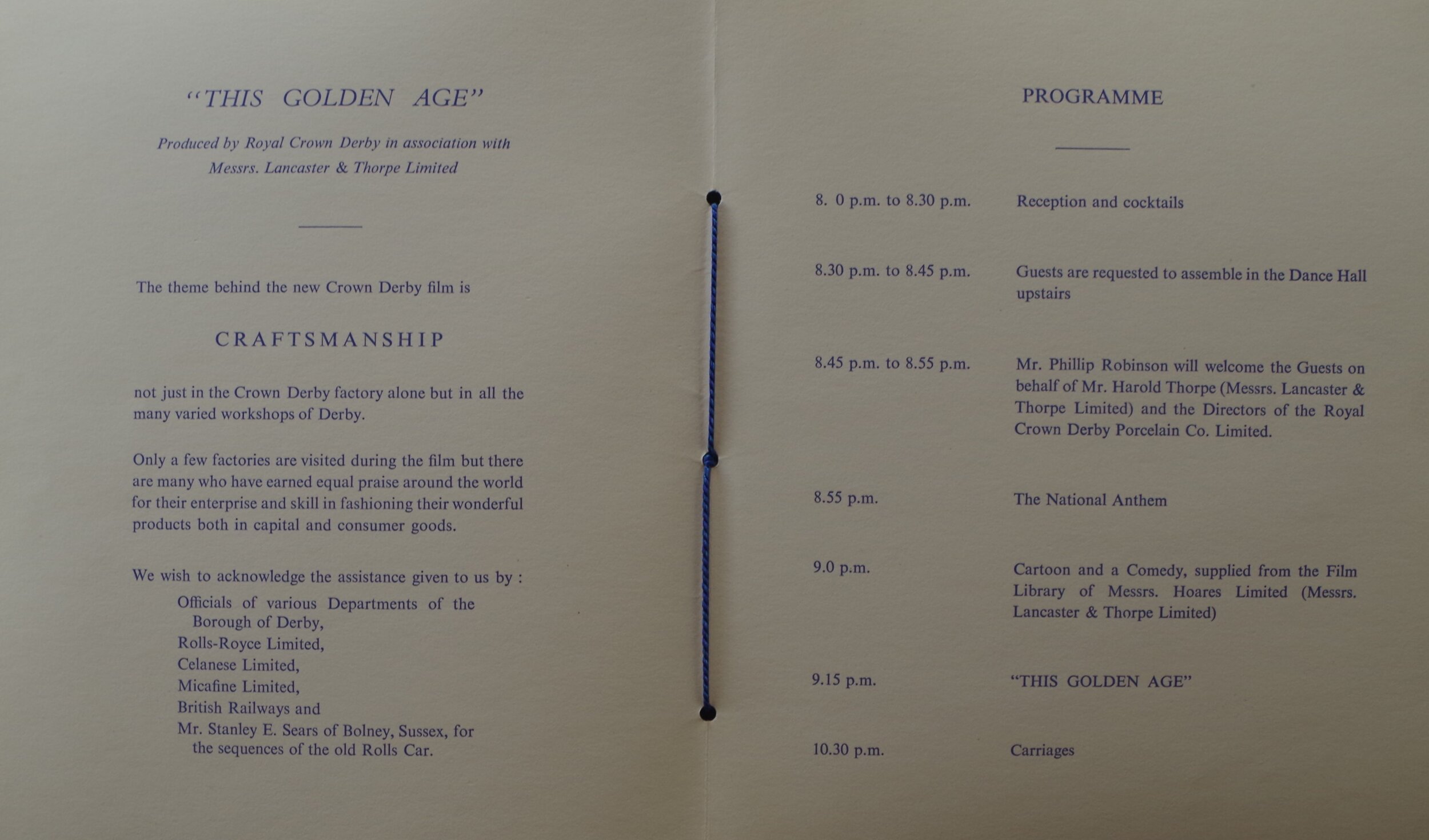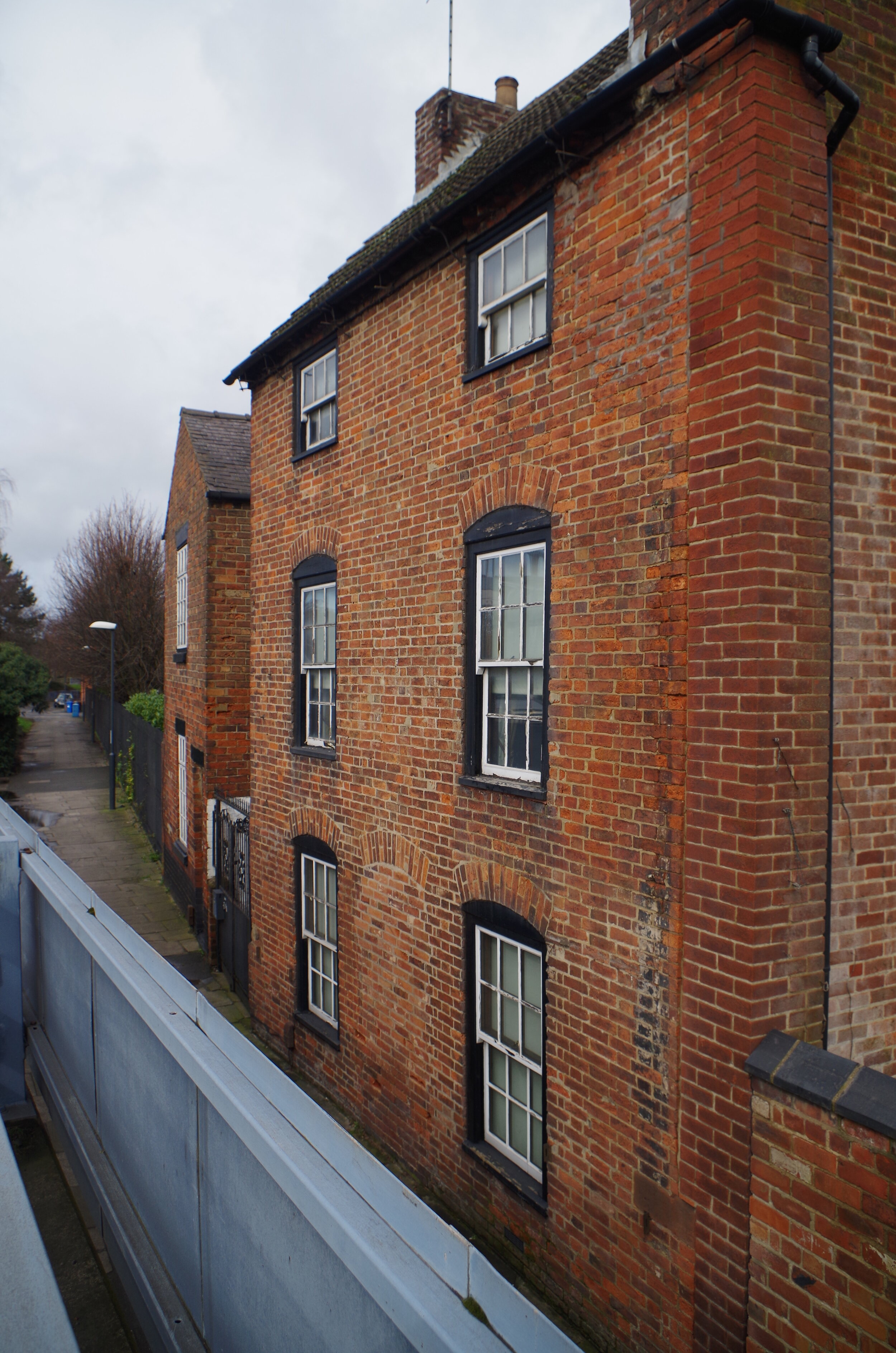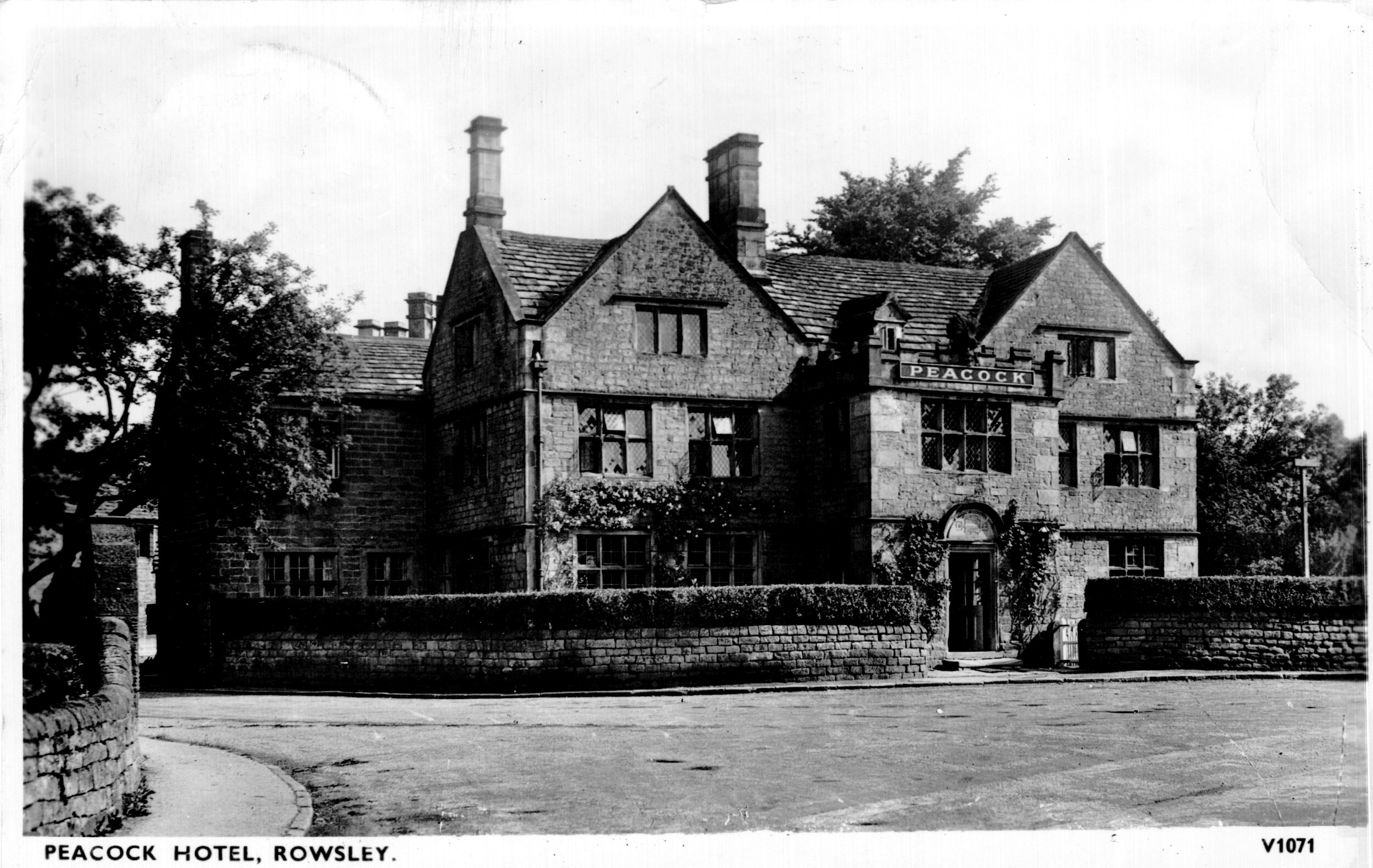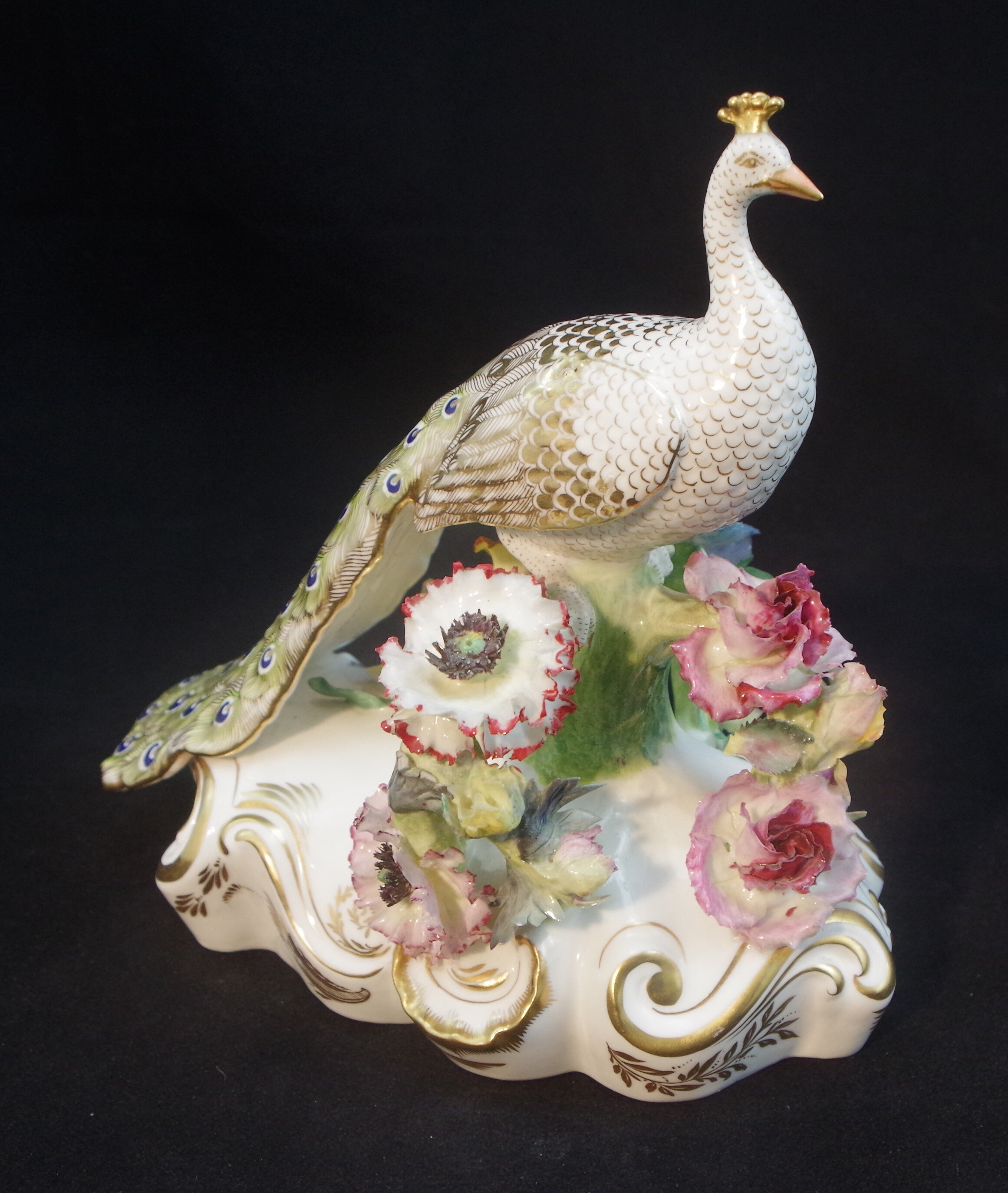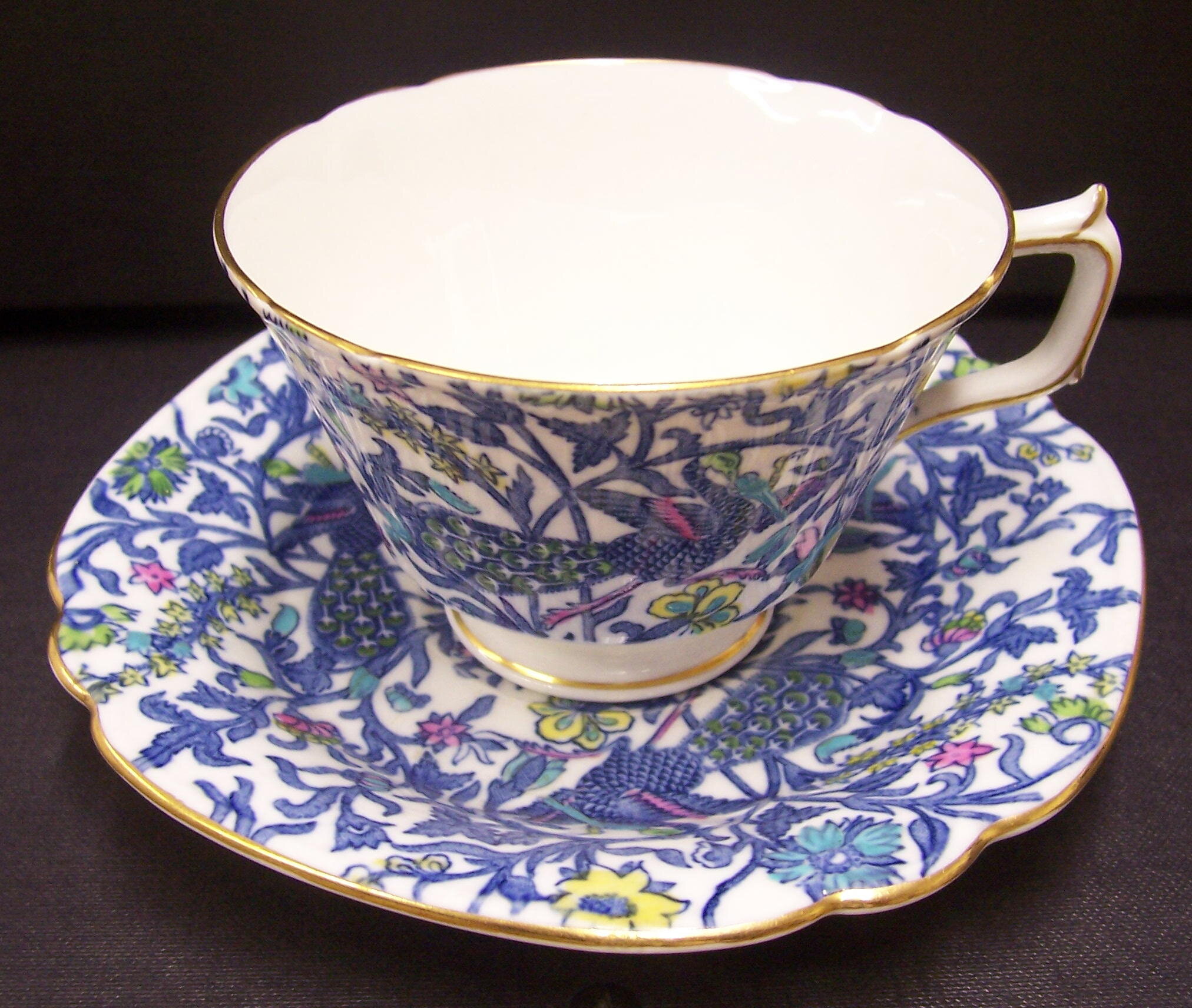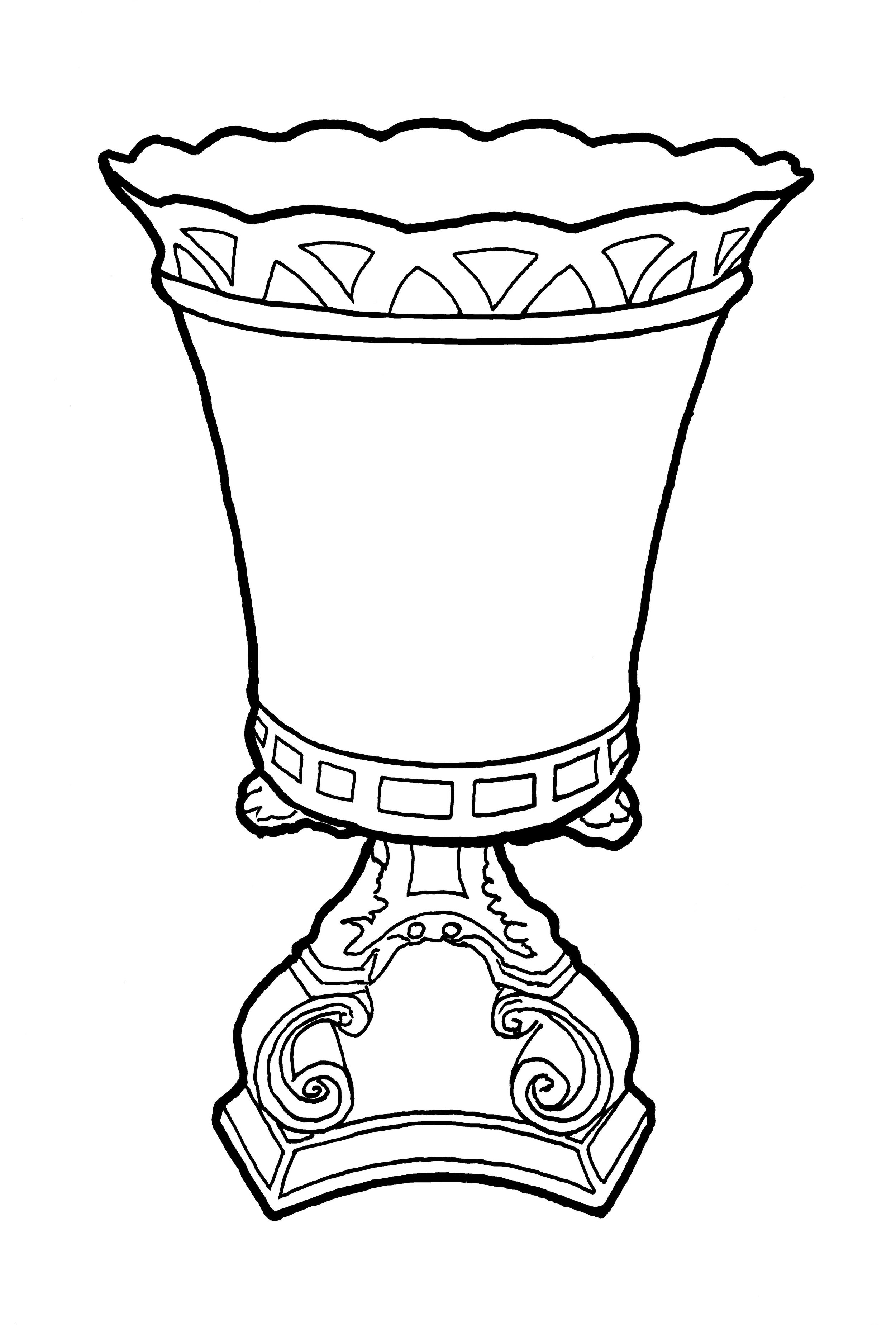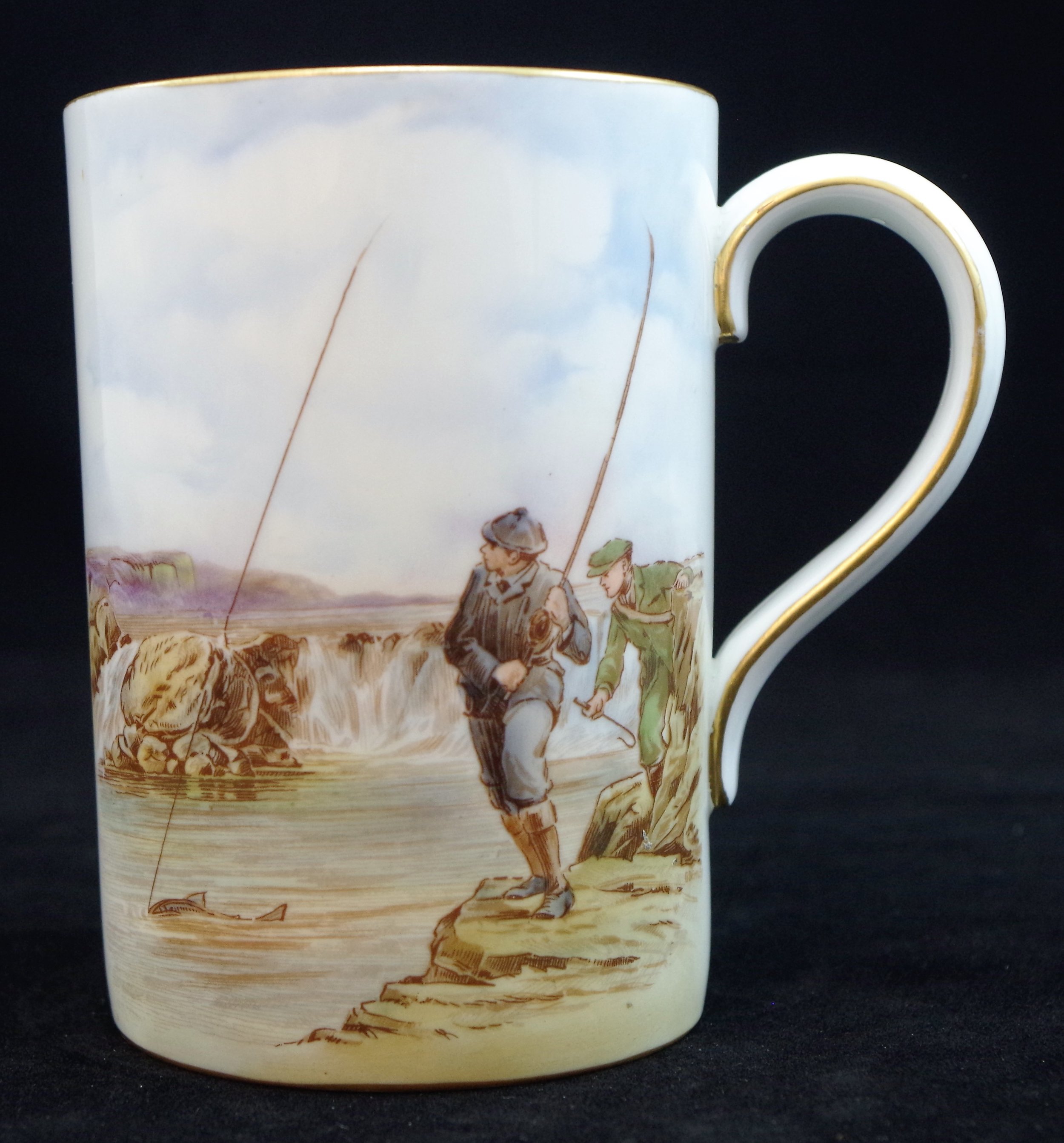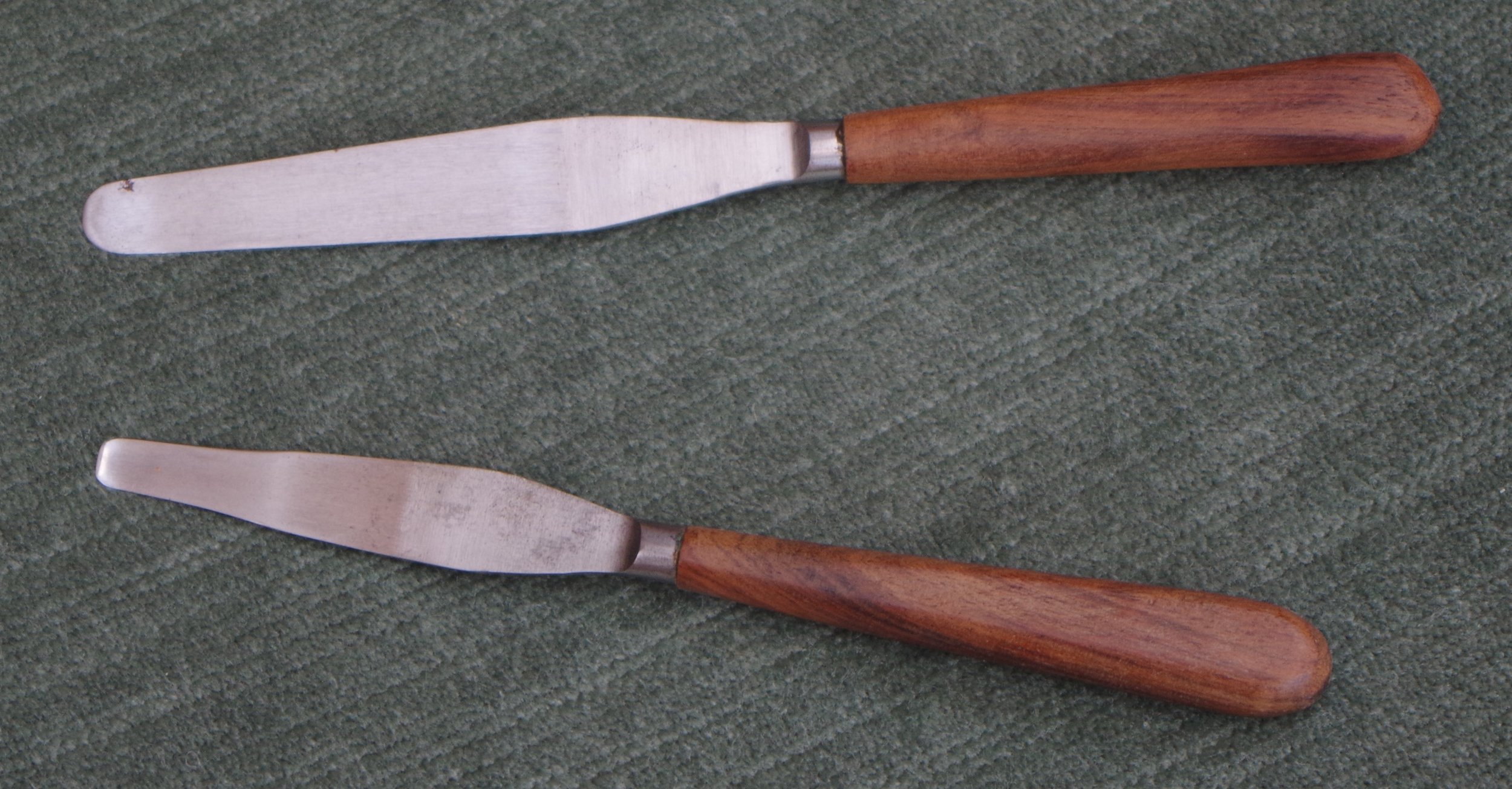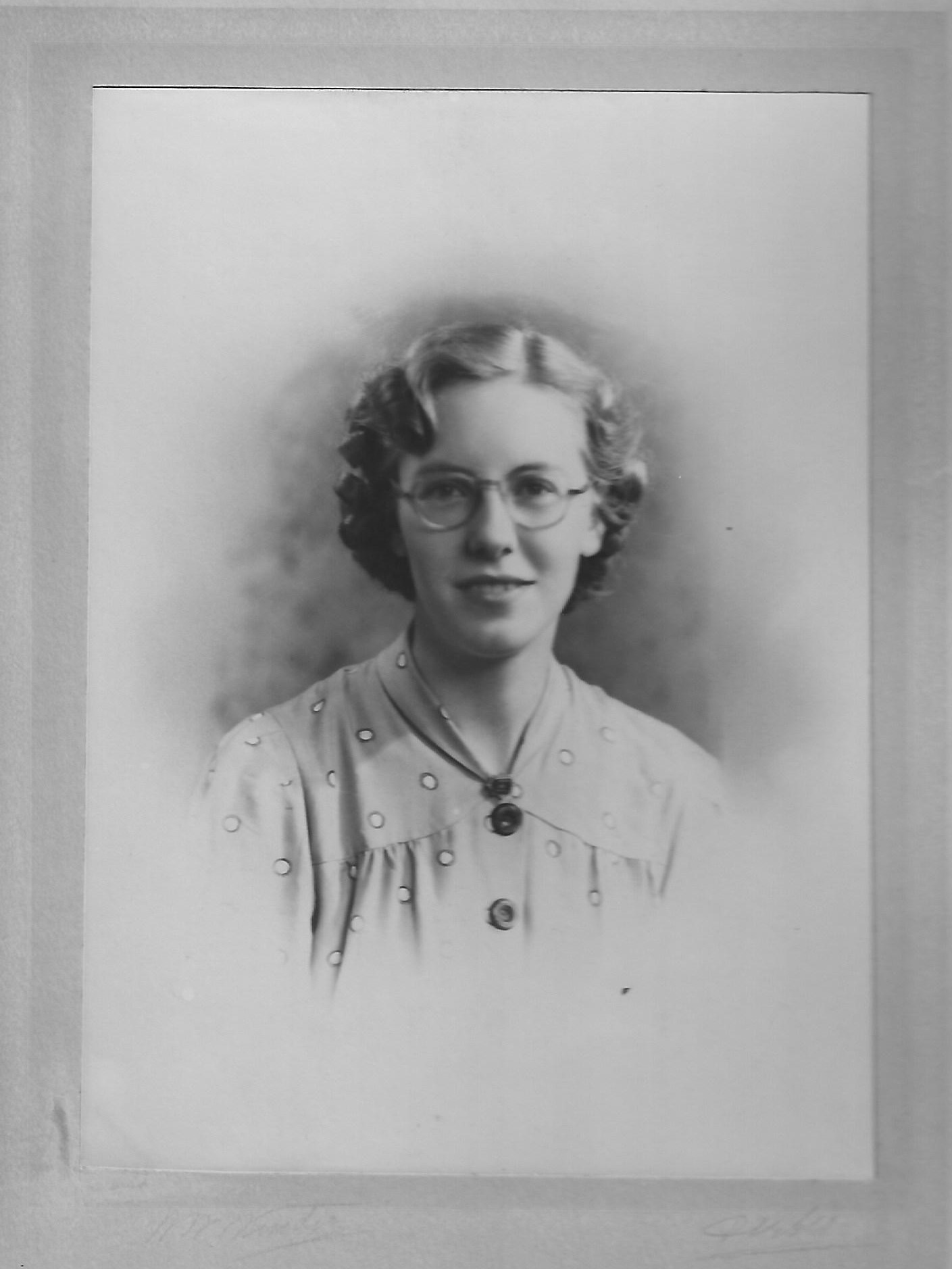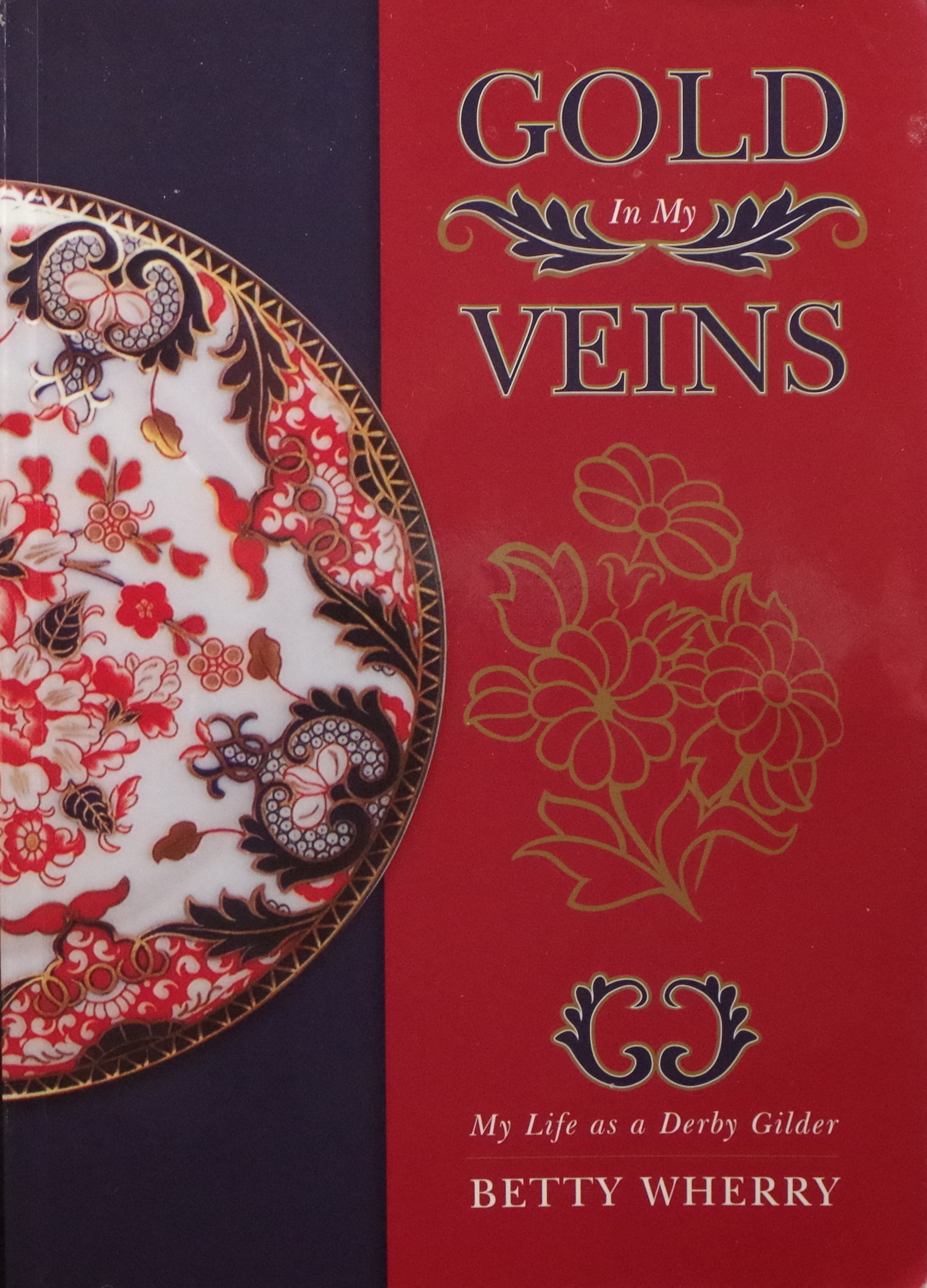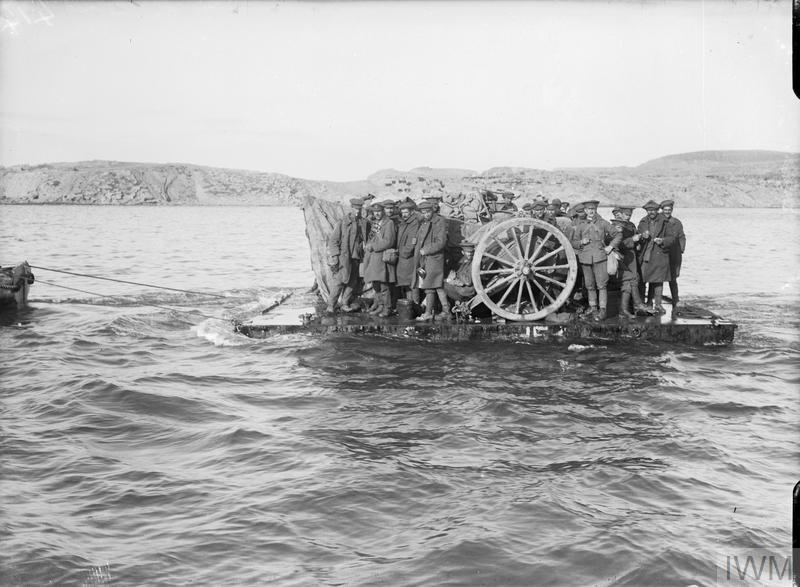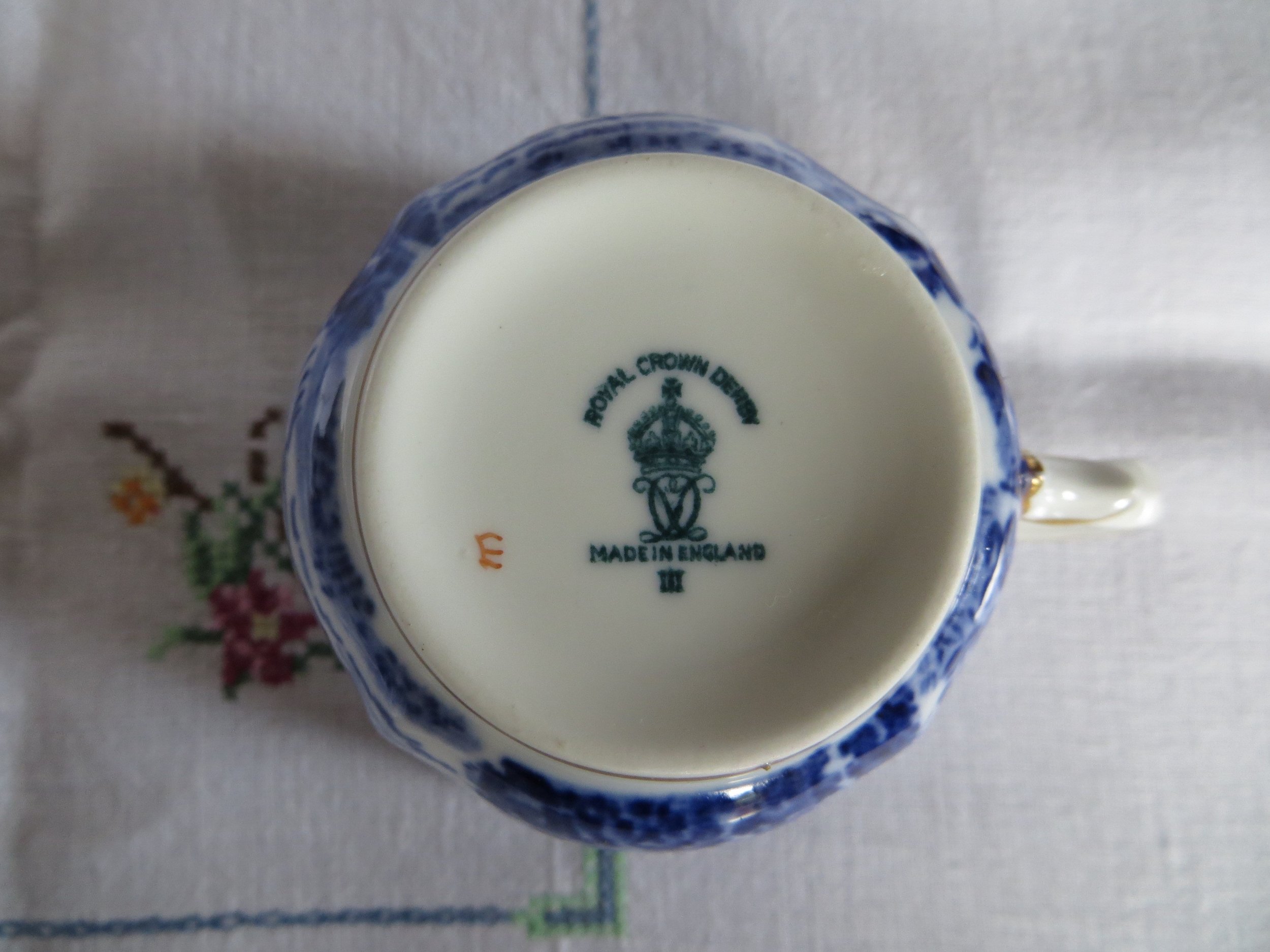Florence Gerrard here shown gilding a plate from the service presented to the Borough of Derby by the Derby Evening Telegraph
Alfred and Hannah Gerrard lived at 72 Oxford Street Derby and had two daughters who both worked at The Royal Crown Derby Works as Gilders.
My Grandmother Millicent Ellen was born in 1888 and was apprenticed at the age of fourteen in 1902 for seven years becoming a fully-fledged Gilder in 1909. However, Millicent left the employment on 14th June 1915 to be married to my Grandfather. (As confirmed from the Workers Notebook at RCD). Single working women in 1915 left work when they married despite considerable investment in their training, although in those days a family could live on the husband’s wage. She died in 1938 so I never knew her but she is mentioned in the Royal Crown Derby Book by Twitchett and Bailey page 213 published in 1976.
Millicent is on the front row in the centre
Millicent’s sister Florence (known as Florrie) was born on the 3rd February 1891 and was also apprenticed to Royal Crown Derby, this time in 1905 for seven years, so she was a fully-fledged Gilder in 1912. Both sisters started work at the heyday of RCD with Desire Leroy and others producing quality pieces. Florence never married so she worked for the Company for almost 60 years. In the 1950’s her view was that standards had slipped from the days when she started with the Company.
Image 1 - Florence is 4th from the left on the back row
Image 2 - Florence is in the middle of the front row.
Image 3 - Florence is on the right hand side at the rear.
According to an account by Joan Midgley, in 1939 and the start of WW2 all women at the Factory were released for War work with the exception Miss Florence Gerrard, a Gilder and Joan Midgley as the paintress.
On the 9th June 1947 a Presentation Book was produced for Harold Robinson’s 70th Birthday containing the signatures of the 267 strong workforce (See Staff List 1947 page). Florence Gerrard’s signature is on the left hand side bottom of the second page of signatures. Although wrongly noted as working at the kiln she was in fact a Gilder.
The Derby Daily Telegraph on the 30th March 1954 published an interview with Florrie under the Heading’ 50 Years’ Service’. This photograph of her Gilding a special order service was included.
In that article she said that the method of training of a Gilder had not changed in 50 years. What had changed was the length of time taken to train which had been reduced from seven years to half or even more. She also revealed that the patterns were memorised by the girls and women that paint them onto the china. There were around 1100 designs but not all are used. However, it was commonplace for some to be painted free-hand from memory. The job needed patience and good eyesight.
Florrie said that she learnt her trade on the traditional pattern of blue, red and gold but she thought it too heavy for anything but ornament and prefers for general use many of the more modern designs.
The article concluded by stating that with her experience with the firm she had an intimate knowledge of all processes, so she often found herself conducting Factory Visits, but still spent some time at her original job of Gilding.
On the 23rd April 1955 the Derby Daily Telegraph carried news of a visit to the RCD works on page seven headed ‘Tribute to Crown Derby craftsmen’ This was to open a new Export and Home Trade showroom together with presenting three employees with awards for fifty years’ service. Mr Donald Kaberry Parliamentary Secretary to the Board of Trade presented them.
RCD Baskets were presented to Miss Florence Gerrard (Gilder) and Mr Harry Short (Gilder) together with a Gold Watch to Mr W Colley a Dipper.
I remember Florrie telling me that she had gilded the Imari 1128 basket herself and had layered on the gold to get her moneys worth!
Another less formal Retirement photograph of the same era is below with Florrie Gerrard in her work overall on the left hand side front.
My Great Aunt Florrie assisted Betty Bailey in the 1950’s with information in the subsequent Royal Crown Derby book. I used to visit in the mid 1950’s when Betty was also there and some of their sketches are set out below.
Miss Florence Gerrard worked by choice until she was 74 years old and retired having worked for almost sixty years for the same employer. She is mentioned in the book ‘Royal Crown Derby ‘by John Twitchett and Betty Bailey.
Florrie’s entry reads “A remarkable woman who gave almost sixty-years’ service to the company firstly as a gilder and later as an inspector of wares. Bright and cheerful she was a great example to the younger generation. She told the writers that although she commenced working at 2s6d (25pence) per week she was always proud of her association with Royal Crown Derby. ………She was a very regular and welcome visitor to the Museum Open Days.”
Florrie died on the 22nd September 1978 aged 87 years.
When Florrie retired in 1965 her niece and Millicent’s second daughter Audrey Tomlinson worked at Royal Crown Derby as a China Selector until she retired.
John Stevens ( Florrie’s Great Nephew)
Editors comment - This blog page was written by and is published courtesy of John Stevens. All images are reproduced with kind permission from his family archive and are his copyright.
John Robinson July 2024
